suppose i have (x1,x2) plane which is a subset of R^2 and i consider certain intervals (x1,x2), i1=[-100,100] on x1, i2=[-100,100] on x2. i want to grid this in both x1 and x2, with some step size say h=0.01 and interpolate for all x in R^2 using the grid points, and i have a known function:
phi(x1,x2)=k1*x1+k2*x2
where values of k1 and k2 are known.
The interpolation i want to use is
 and find the error ||phi(x1,x2)-M_{h,D}phi(x)||
and find the error ||phi(x1,x2)-M_{h,D}phi(x)||
How would i grid the x1-x2 plane ? and how to use the interpolation formula there ? Any help ?